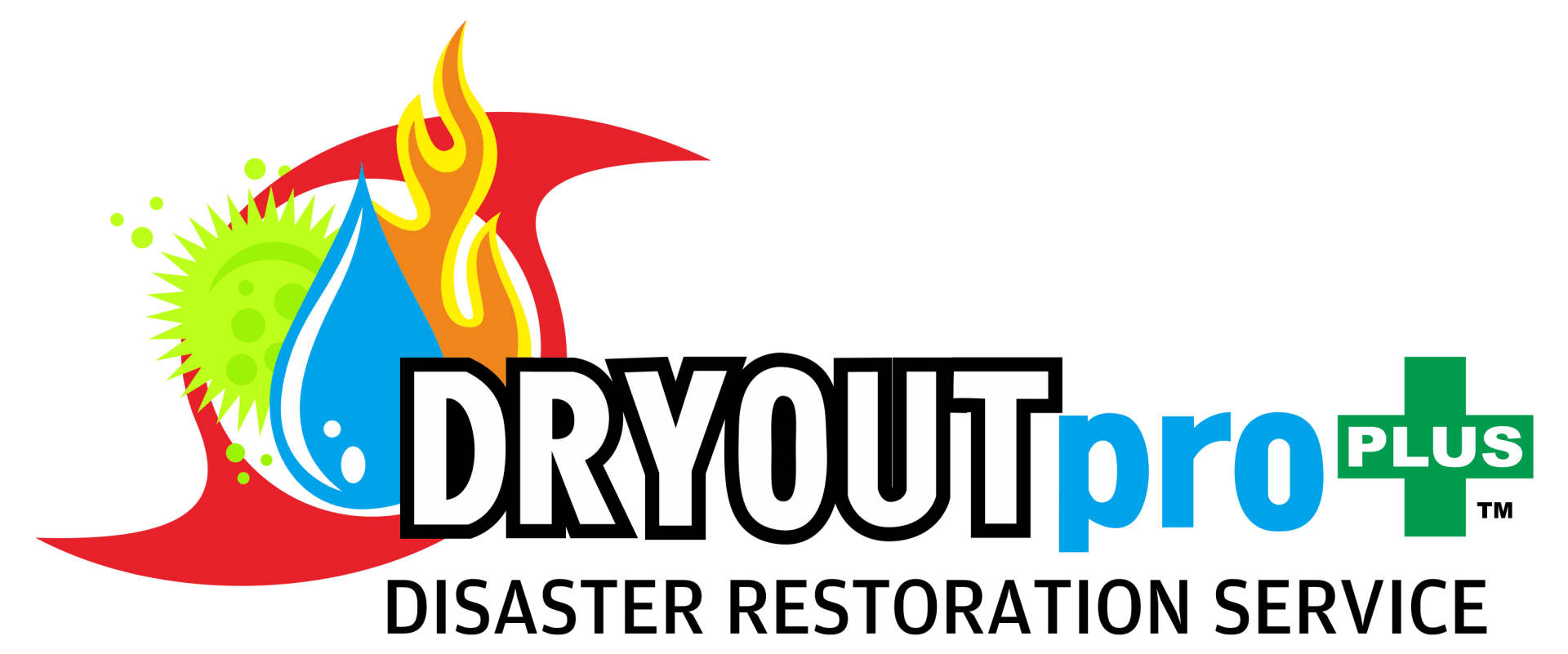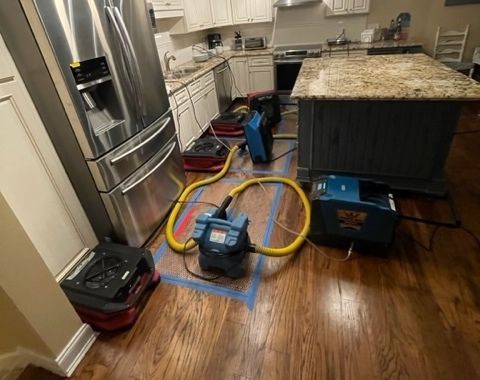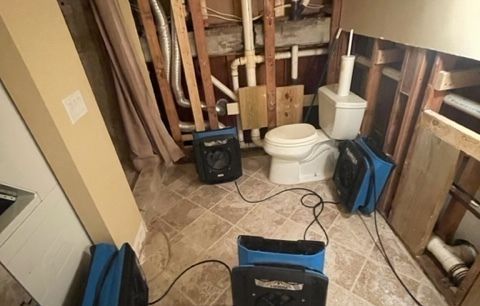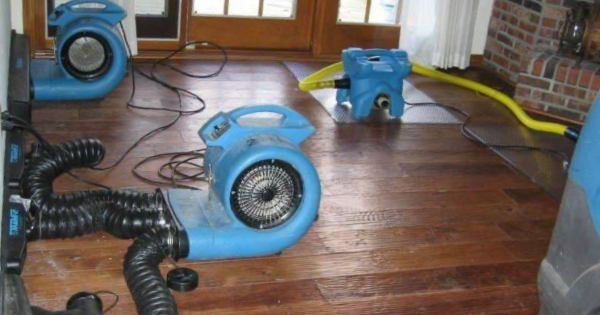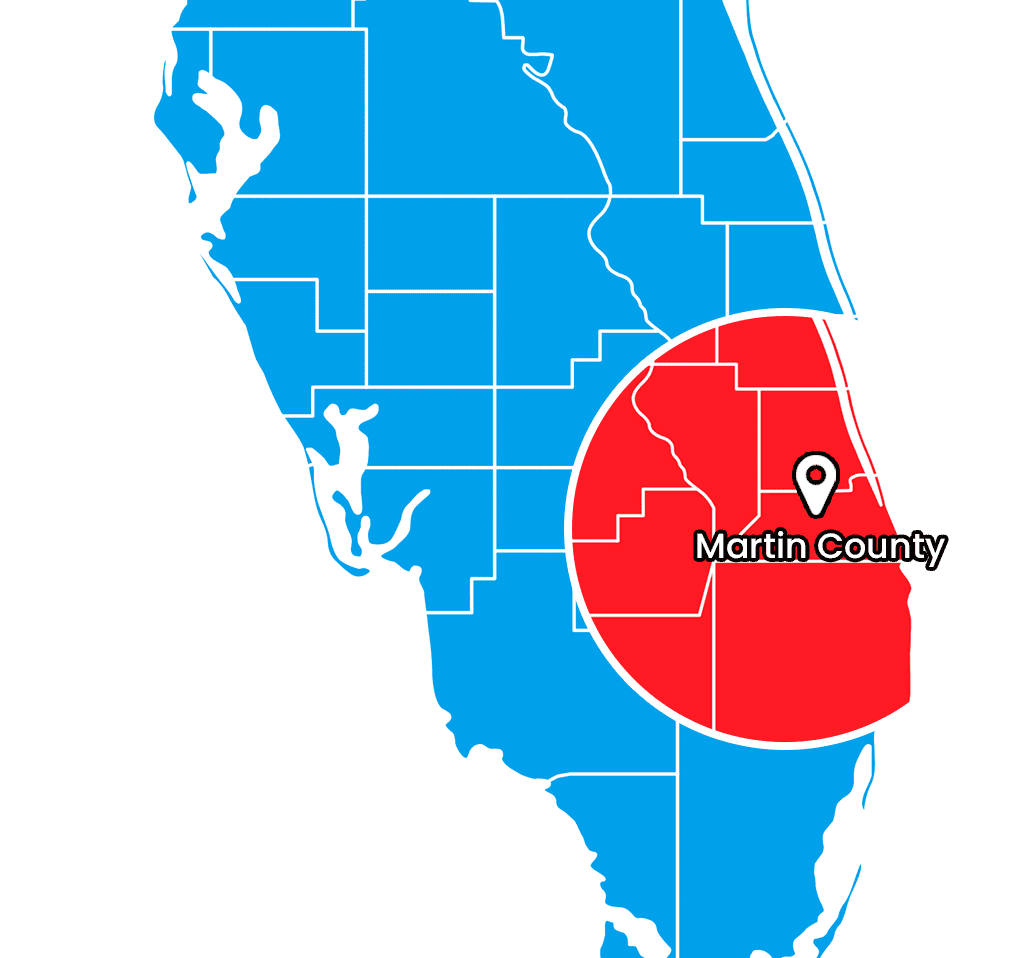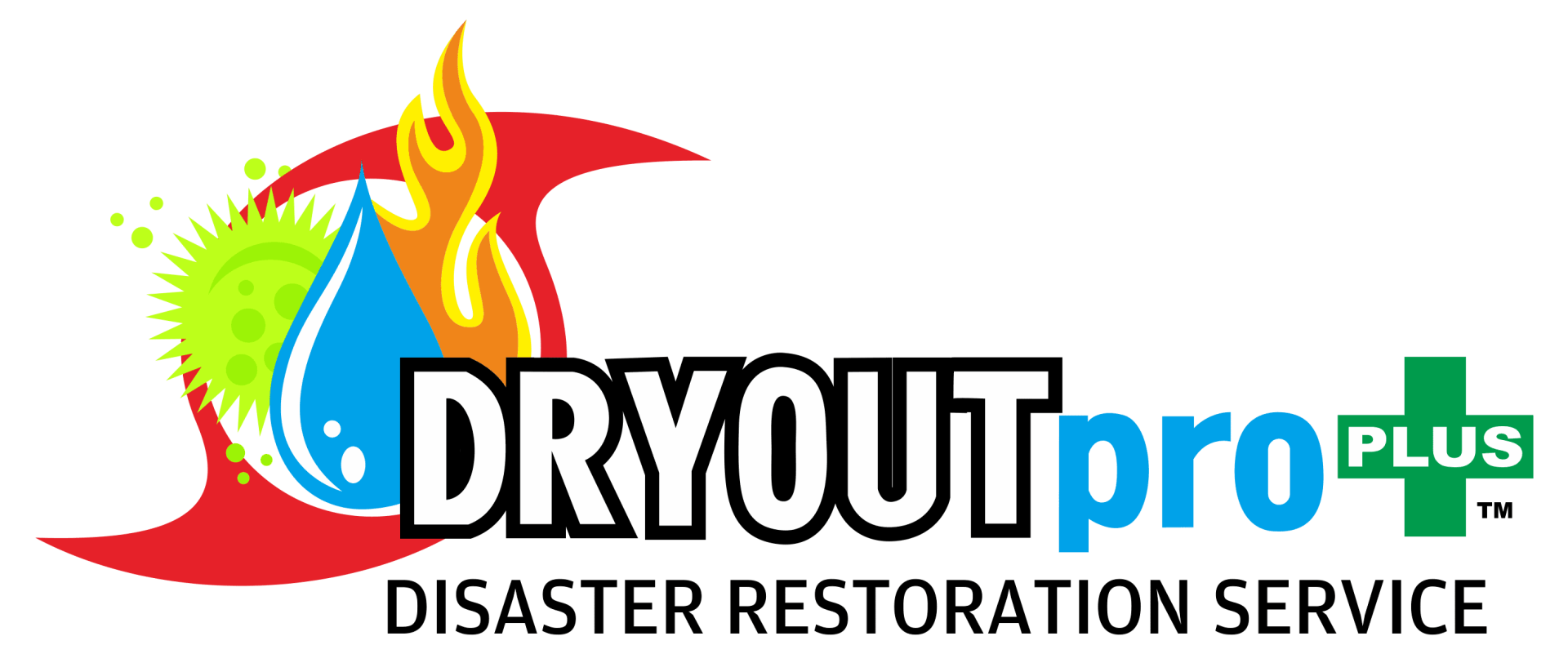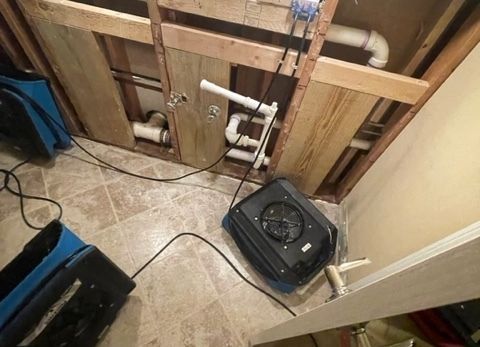
Is All Water Damage the Same?
August 29, 2025
When water finds its way into your home or business, it can feel overwhelming. One minute, everything is fine, and the next, you’re staring at soaked floors, dripping walls, or worse, a flooded basement. At DRYOUTpro PLUS, we know how stressful water damage can be. But here’s something many people don’t realize: not all water damage is the same.
Water damage can vary depending on where the water came from, how long it’s been sitting, and what it’s touched along the way. That’s why restoration professionals use specific categories and classifications to assess the situation. These standards don’t just help us understand how serious the problem is, they also guide the cleanup and repair process.
In this guide, we’ll break down the different categories and classifications of water damage so you can better understand why quick, professional help makes all the difference.
KEY TAKEAWAYS
- Not all water damage is the same—it’s categorized based on contamination (clean, gray, or black water).
- Water damage is also classified by how much water is present and how deeply it has saturated materials.
- Category 1 (clean water) is the least hazardous, while Category 3 (black water) is highly dangerous.
- Class 1 involves minimal damage, while Class 4 requires advanced drying methods.
- Quick professional response prevents worsening damage and
mold growth.
- DRYOUTpro PLUS uses proven processes to assess, remove, dry, sanitize, and restore your property.
Why It’s Important to Classify Water Damage
You might wonder—why does it matter what “category” or “class” your water damage falls into? After all, wet is wet, right? Not exactly.
Here’s why classification matters:
- Health and Safety: Some types of water carry harmful bacteria or chemicals. Knowing the source helps determine whether your home is safe to stay in during cleanup.
- Cleanup Approach: Water from a burst pipe is treated differently than water from a sewage backup. The category tells us what tools, protective gear, and sanitization methods are required.
- Extent of Damage: Classifications reveal how deeply the water has soaked into surfaces, helping us plan the most efficient drying strategy.
- Insurance Documentation: Insurance providers often require clear documentation of the water damage category and class before approving claims.
By identifying the type and extent of water damage,
DRYOUTpro PLUS can restore your property safely, thoroughly, and efficiently.
The Three Categories of Water Damage
Water damage is divided into three categories based on the source and contamination level of the water.
Category 1: Clean Water
Category 1 water damage comes from a clean source, such as:
- A broken water supply line
- Overflowing sinks or bathtubs (without contaminants)
- Malfunctioning appliances like dishwashers or washing machines (if only clean water leaked)
This water is initially safe to touch. However, if it sits untreated, it can quickly degrade into Category 2 or 3 as it absorbs dirt, bacteria, or chemicals from surrounding materials.
Risks: While not immediately hazardous, clean water can still cause structural damage, mold growth, and warping if not addressed quickly.
Our approach: At DRYOUTpro PLUS, we focus on fast
water removal, drying, and dehumidification. Because time is critical, our team uses advanced extraction equipment and moisture meters to ensure hidden dampness doesn’t lead to mold.
Category 2: Gray Water
Category 2 water damage—often called “gray water”—comes from sources that may contain contaminants. Examples include:
- Overflow from dishwashers or washing machines (with detergents/soaps)
- Toilet overflows without certain wastes
- Sump pump failures
- Broken aquariums
Gray water may contain chemicals, microorganisms, or other impurities that can pose mild to serious health risks.
Risks: Contact with gray water can cause illness, and if it isn’t removed quickly, it will escalate into Category 3.
Our approach: With Category 2 water, we not only remove the water but also sanitize the affected area. Carpeting, upholstery, and drywall may need to be removed if heavily saturated. We use antimicrobial treatments to prevent bacterial growth.
Category 3: Black Water
The most severe type of water damage is Category 3, or black water. This water is heavily contaminated and may contain harmful bacteria, pathogens, and chemicals. Common sources include:
- Sewage backups
- Flooding from rivers or streams
- Standing water that has been sitting for long periods
- Water carrying pesticides, oil, or other hazardous substances
Risks: Black water poses serious health dangers. Direct contact can lead to infection or illness. It can also damage almost every material it touches, making restoration more challenging.
Our approach: Black water cleanup requires specialized safety gear and disposal methods. At DRYOUTpro PLUS, we treat black water damage as a hazardous situation. Contaminated materials are usually removed and replaced. We disinfect thoroughly, ensuring your home is safe and livable again.
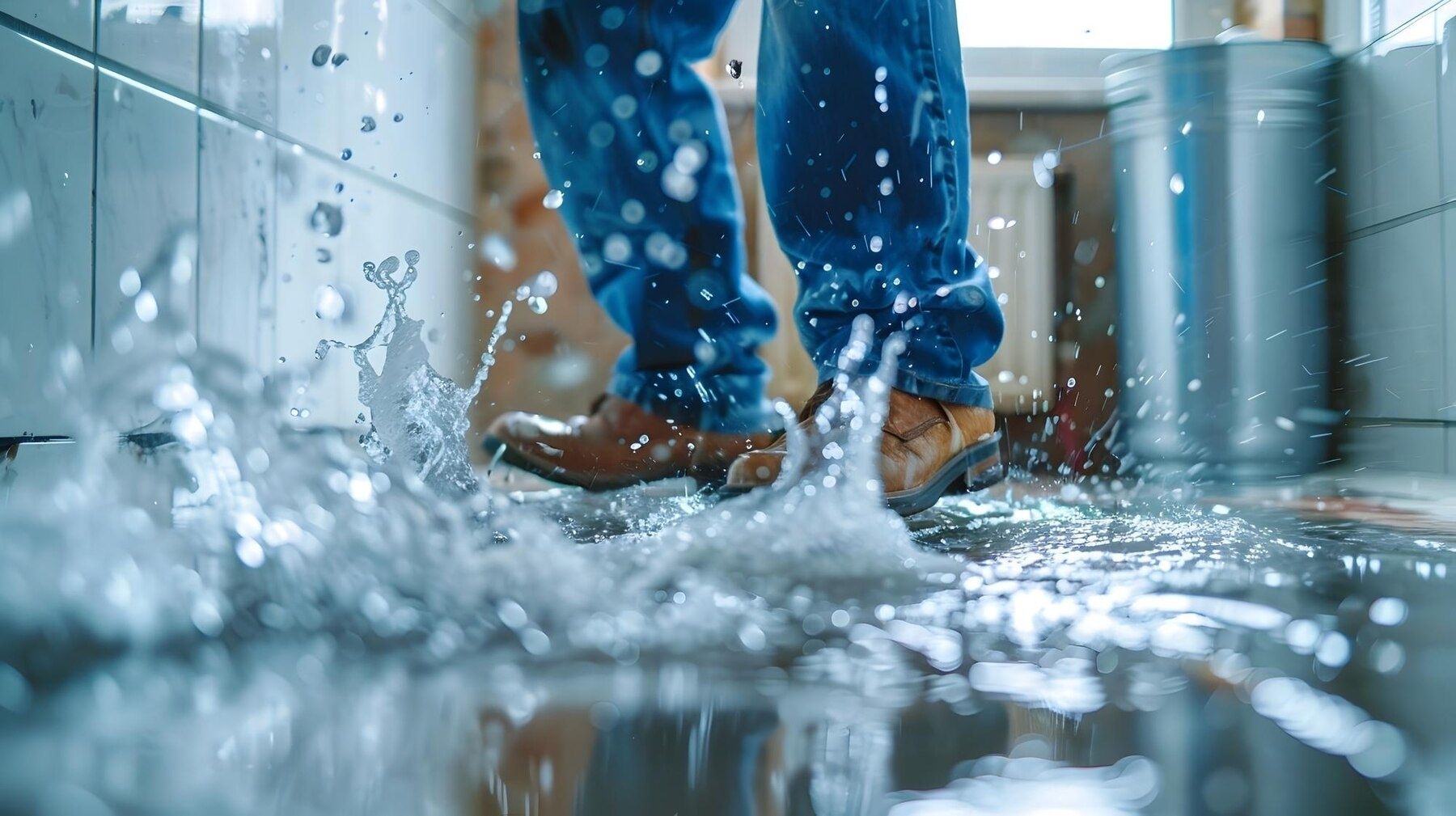
The Four Classes of Water Damage
While categories describe the type of water, classes describe the amount of water and how deeply it has affected building materials.
Class 1: Minimal Water Intrusion
This is the least severe classification. Water only affects a small area and materials with low porosity, such as tile or concrete. Drying is relatively quick and straightforward.
Example: A small leak on a tile floor that doesn’t spread into walls or carpet.
Class 2: Significant Water Intrusion
In Class 2 situations, water has spread more widely and absorbed into porous materials like carpet, drywall, or wood. The moisture content is higher, and drying requires more effort.
Example: A burst pipe soaking carpet and drywall in a living room.
Class 3: Extensive Water Damage
This classification means water has saturated multiple surfaces, including ceilings, walls, floors, and insulation. It often involves overhead leaks, such as from a roof or upper-level bathroom.
Example: A second-floor bathroom overflow flooding both floors of a home.
Class 4: Specialty Drying Situations
Class 4 water damage involves materials that are extremely difficult to dry, such as:
- Hardwood floors
- Concrete
- Plaster walls
- Crawlspaces
These situations require specialized drying methods, such as desiccant dehumidifiers or heat drying systems.
Example:
Flooding that seeps deep into hardwood flooring, requiring advanced drying strategies to avoid permanent warping.
Final Thoughts
So, is all water damage the same? Absolutely not. From a small clean-water leak to a full-scale sewage backup, each type of water damage carries unique challenges and risks. That’s why classification into categories and classes is so important.
At DRYOUTpro PLUS, our goal is to take the guesswork out of water damage restoration. We know the science, we have the tools, and we bring the experience to get your property back to normal quickly and safely.
If you’re dealing with water damage of any category or classification, don’t wait. Call DRYOUTpro PLUS today and
let us help you protect your home, your health, and your peace of mind.
